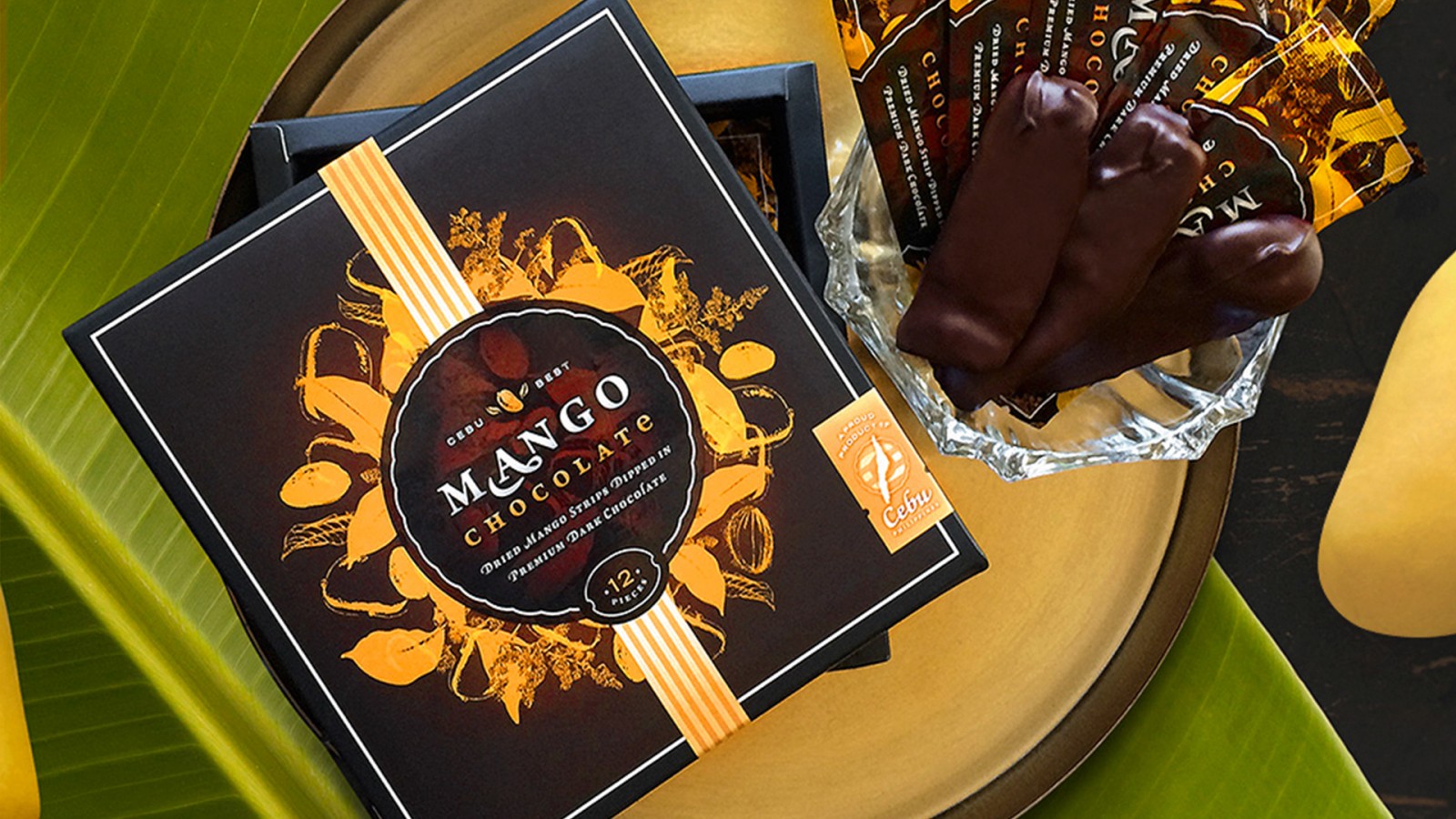How to Make your Brand Stand Out
Being a newbie in any industry is tough, most especially in the cutthroat world of food and bever-ag...

September 14, 2021
The Philippines ranks among the top global exporters of fresh and dried mangoes, even landing on the seventh spot in 2015. The country has played an important role in the global marketplace of mangoes since the 1980s. According to research prepared by the Duke University Center on Globalization, Governance, and Competitiveness, it was in the 1990s when exports took off, with the Philippines supplying an average of 10% of the world’s demand.
Dried mangoes, in particular, have been recognized as a more viable export product. Fresh mangoes have limited shelf life, barely surviving long travel periods. Dried mangoes have a shelf life of up to 18 months and go through more relaxed security checks compared to fresh produce.
According to a Philippine Statistics Authority study (2007-2014), dried mangoes took the largest share among processed mango products in the country, yielding a 77% share compared to juice (9%), airtight (8%), and puree (7%).
Dried mangoes are mostly processed in the province of Cebu, where it started off as a homemade product. Among the producers from the south is AEO International Food Corp,
makers of Cebu Best. “In the ‘70s, my maternal grandmother was giving homemade dried mangoes to friends, family, and guests. But it was still in glass jars then,” shares Vincent Ong, AEO International Food Corp.’s manager. His parents, Angel and Elizabeth Ong, eventually established the corporation in 1993.
“My mom helped out as best as she could. For her undergraduate thesis as a chemistry major, she reformulated the dried mangoes to make them more stable. The improved formula had a longer shelf life, which made the dried mangoes suitable for export,” shares Ong.
Their dried mangoes use less sugar, highlighting the mango’s natural flavors. “Texture-wise, ours are supple, soft, and moist. It's neither cracking-dry nor leathery, and it's also not sticky to the touch. We’ve found that happy medium.”
To produce them, the best mangoes are sourced from all over the Philippines. “Some people think we only buy mangoes from Cebu, but that supply isn't enough,” shares Ong. “And there are a lot of mango farms in Luzon and Mindanao as well.”
The main variety used is the carabao mango, noted for its excellent taste and sweetness. Each mango is inspected and cleaned, going through a rigorous quality check. Once they pass their
standards, the ripe fruits are peeled, sliced, processed, dried, checked once more, then packed.
85% of the total dried mango local production goes to key markets, including the United States, United Kingdom, China, Canada, Japan, South Korea, Hong Kong, and other Asia Pacific
countries.
For AEO, their biggest export market used to be Japan, which eventually shifted to the United Kingdom. The appeal of dried mangoes in these markets has always been its healthy and
organic quality. “When we first catered to the Japanese market, we had to familiarize ourselves with their food laws,” shares Ong. They studied the acceptable types and doses of preservatives, and even installed metal detectors to ensure the standard and safety of our products.
“When dried mangoes were especially hot in Japan, we toll packed for Kanebo/Kracie (they even put my dad’s picture on their packaging), Yakult, Kyoritsu, and Sheijo Ishii through All Nippon Airways (ANA) Trading,” shares Ong.
AEO became the first to sell chocolate-covered dried mangoes in the Philippines under flagship brand Cebu Best. “We launched that onboard Philippine Airlines flights in early 2011, but didn't start selling it in retail yet,” shares Ong. “PAL was our first customer. They serve our products on presidential flights and they even gave it as a gift to the Pope during his 2015 visit to the Philippines.”
Check out these food fusions between Filipino and Middle Eastern cuisines
The unending quest for healthy and sustainable food amid changing lifestyles
A quick look at the Philippine food staple often getting a bad health rap